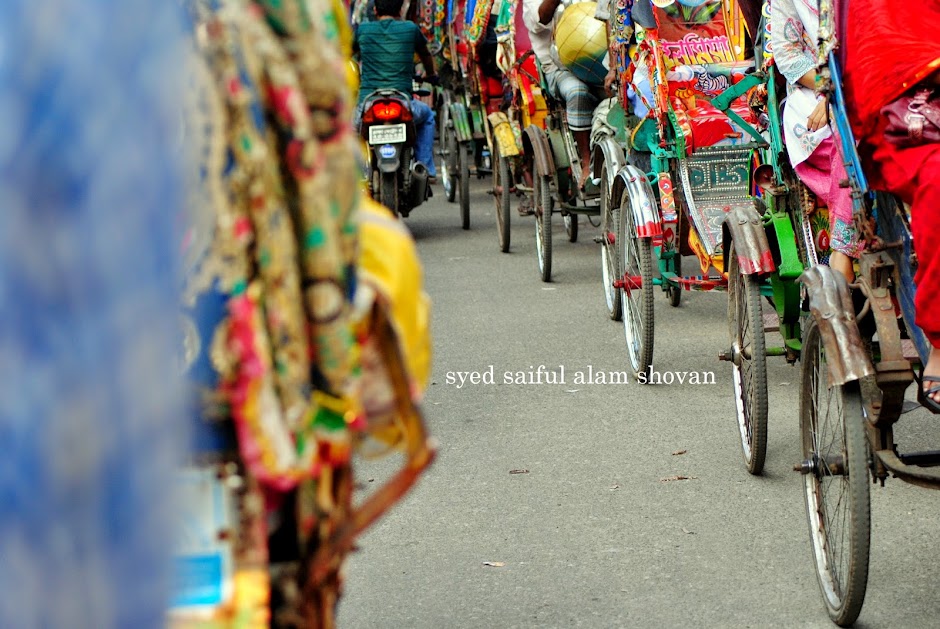Traffic congestion: are trains the culprit or the solution?
A news item in the New Age newspaper on 24 March states that “Bangladesh Railway has agreed to suspend rail operations between Tejgaon and Kamalapur stations during the peak travel hours to reduce tailback in the capital. The move follows a recent request from the Dhaka Metropolitan Police to the railway authorities for assistance in mitigating huge tailbacks that have become a common feature in the capital city.
According to DMP, many of the city’s roads are too frequently blocked for trains arriving at or leaving Kamalapur Railway Station.”
The question naturally arises as to whether we wish to carry out a symbolic measure to reduce congestion on the city’s roads, or actually to facilitate transport of our city’s residents?
If the aim of transport policy is the movement of people not cars, then the decision is counter-productive. After all, trains (like cars and buses) move people. But a train can move 20 times as many passengers as cars per land space. Even without trains, there will be traffic jams, but trains do ensure a large number of people moving in small space while using far less fuel than if they were traveling by car.
Further, by giving priority to rail, traffic congestion would actually decline, whereas giving priority to cars will only increase driving and thus congestion—and all the related costs in terms of traffic fatalities and pollution.
A recent comprehensive analysis of transportation system performance in 130 U.S. cities identified a number of benefits to those cities connected by rail rather than only by bus and car. The study found that cities with large, well-established rail systems have lower per-capita traffic congestion costs, lower per-capita traffic fatalities, and lower per capita consumer and government transportation expenditures.
The study also found that residents in cities with large, well-established rail systems experience about half the per capita traffic congestion delay as people who live in comparable size cities that lack rail.
This occurs because residents of cities with good train service drive less.
Cities with large rail systems have about a third lower per capita traffic fatality rates, as travel is far safer by rail than bus or car. Residents of these cities save approximately $450 annually per capita in transportation costs compared with consumers living in cities that lack rail systems.
The study concludes that rail service costs are repaid several times over by reduced congestion, road and parking facility costs, reduced traffic accident costs, and consumer cost savings.
Why, then, the priority in Bangladesh of cars and other road-based transport over trains? When people cannot easily travel by rail, they are likely to shift instead to bus or–for the few who can afford to–private car.
This raises the question of whether the policy is indeed intended to reduce congestion, or simply to raise the profits of bus owners and car salesmen.
Rather than cancel trains, rail service should be expanded to give people a positive choice over the use of cars. This would reduce not only traffic congestion but also fuel use, transport costs, and road deaths and injuries. With the possibility of saving lives, reducing costs, and effectively reducing congestion, the choice is clear: it is private cars, not trains that need to be taken out of service at peak hours.
